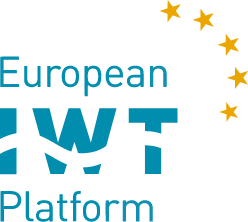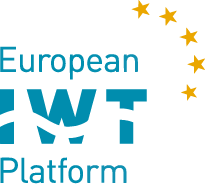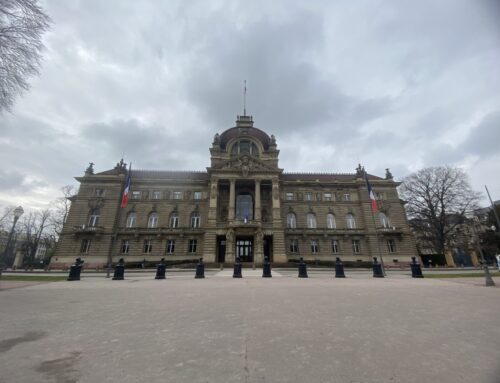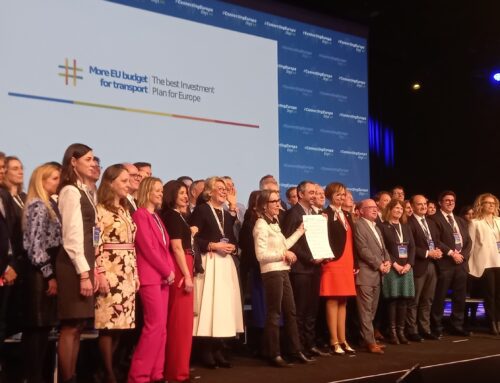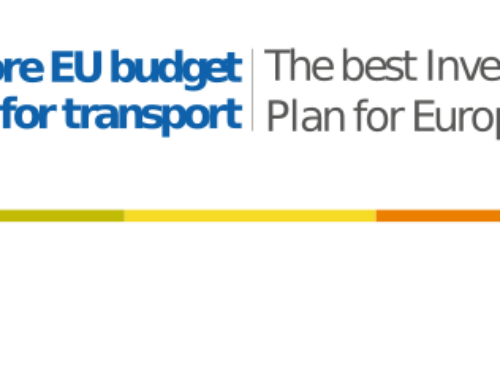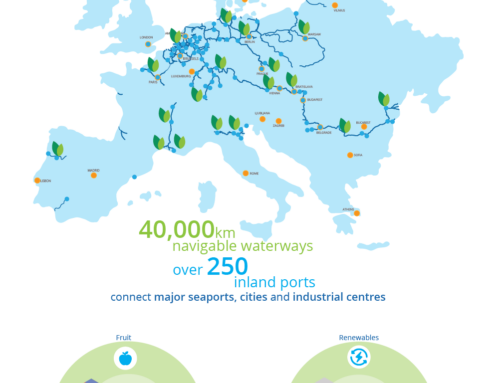Voies navigables de France (VNF) will invest 340 million euros to raise the standard of service provided by the establishment after spending more than 330 million euros in 2022 (including roughly 87 million under the recovery plan). The 6700km of the navigable network will be maintained, modernized, and developed with a direct investment of more than 300 million euros in infrastructure.
The State’s inland waterways allocation through the AFITF1 allocation, as well as the credits from the France Relance plan, which expires this year, are what primarily fund the establishment’s investment budget. More than 22% of the investment budget is made up of co-financing given to the projects in addition by local governments, water agencies, or the European Union. This money serves as a sign of the rising popularity of the river network.
Infrastructure regeneration is the priority
The network regeneration is a major focus of VNF’s investment budget in order to progressively make up for historical underinvestment.
VNF will put more than half of its investment budget on this in 2023. This implies that activities on secret locks and dams that control the water level reflect this.
The entire network, which is made up of sturdy but very old structures constructed in the 19th century, particularly on the small gauge network, and structures built between structures from the 1960s and 1970s, primarily on the large gauge network, needs to be regenerated because its industrial equipment is showing signs of aging.
Regeneration and modernization to accelerate the development of major river logistics routes.
VNF’s ambition is to develop the share of river freight by strengthening the use of modal shift. The logistics routes allowing the transport of goods on large gauges are concerned by an ambitious investment programme for regeneration and modernization.
One example is the large-scale work carried out at the Gambsheim locks for a total amount of 38 million euros. The aim is to improve the economic and environmental efficiency of a major European inland waterway transport route. The Gambsheim locks on the French side are expected to handle 17 million tons in 2021, i.e. about 60 passages per day. Today, the CO2 savings that can be achieved by using inland waterway transport is nearly 60 gCO2 /t.km, for the Rhine alone. This makes it a major asset in the desire to use cleaner transport, in line with the challenges of the ecological transition.
Another European logistics axis under development is the Seine-Scheldt link, which consists of the construction of a large-gauge river link between France, Belgium and the Netherlands for the passage of ships that can carry up to 4,400 tons of goods (the equivalent of 220 trucks). In a territory of 40 million inhabitants, this network of 1 network of 1,100 km of inland waterways will promote the mobility of goods and people, economic economic development and the ecological transition thanks to the modal shift to waterways.
To read a full press release in French – CLICK HERE
